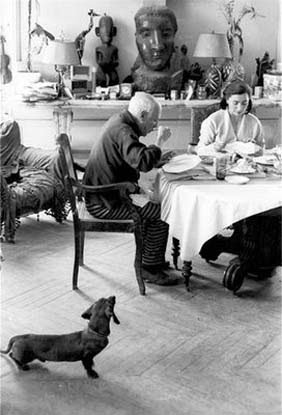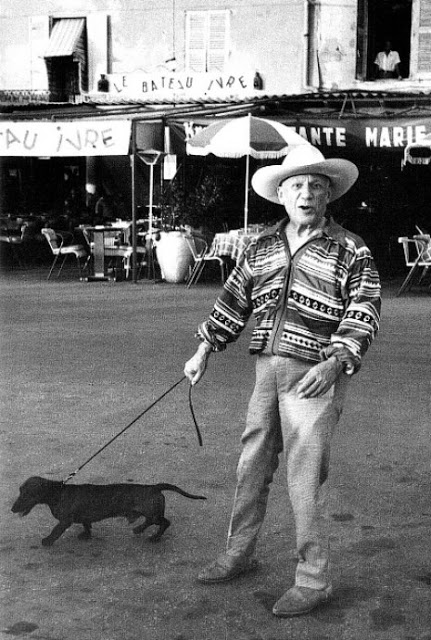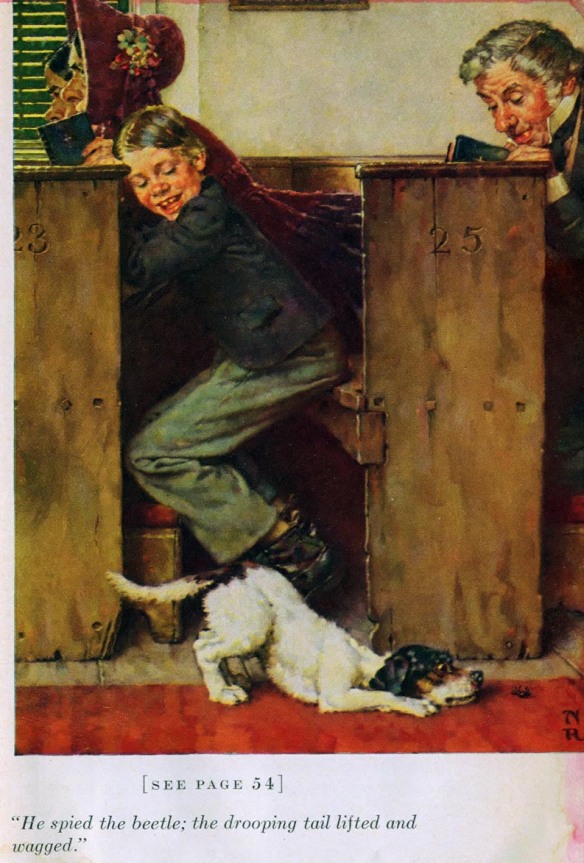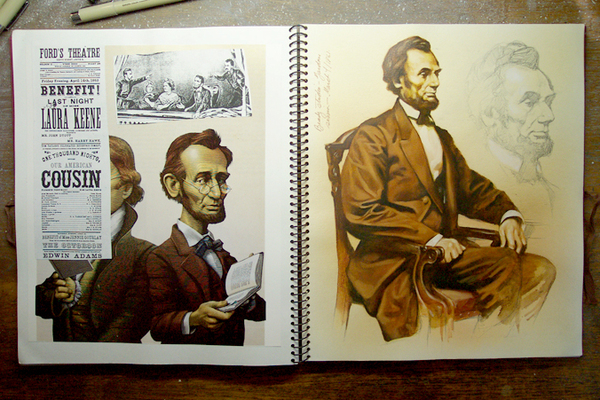“…In the deep green grasses
And the blood stained woods
They never dreamed of surrendering
They fell where they stood
Stars fell over Alabama
I saw each star
You’re walking in dreams
Whoever you are
Chilled are the skies
Keen is the frost
The ground’s froze hard
And the morning is lost
Bob Dylan
Cross The Green Mountain (Fragment)
 Bob Dylan photographed by Richard Avedon. Central Park, New York, 1965
Bob Dylan photographed by Richard Avedon. Central Park, New York, 1965
COME UP FROM THE FIELDS FATHER
“Come up from the fields father, here’s a letter from our Pete,
And come to the front door mother, here’s a letter from thy dear son.
Lo, ’tis autumn,
Lo, where the trees, deeper green, yellower and redder,
Cool and sweeten Ohio’s villages with leaves fluttering in the moderate wind,
Where apples ripe in the orchards hang and grapes on the trellis’d vines,
(Smell you the smell of the grapes on the vines?
Smell you the buckwheat where the bees were lately buzzing?)
Above all, lo, the sky so calm, so transparent after the rain, and with wondrous clouds,
Below too, all calm, all vital and beautiful, and the farm prospers well.
Down in the fields all prospers well,
But now from the fields come father, come at the daughter’s call,
And come to the entry mother, to the front door come right away.
Fast as she can she hurries, something ominous, her steps trembling,
She does not tarry to smooth her hair nor adjust her cap.
Open the envelope quickly,
O this is not our son’s writing, yet his name is sign’d,
O a strange hand writes for our dear son, O stricken mother’s soul!
All swims before her eyes, flashes with black, she catches the main words only,
Sentences broken, gunshot wound in the breast, cavalry skirmish, taken to hospital,
At present low, but will soon be better.
Ah now the single figure to me,
Amid all teeming and wealthy Ohio with all its cities and farms,
Sickly white in the face and dull in the head, very faint,
By the jamb of a door leans.
Grieve not so, dear mother, (the just-grown daughter speaks through her sobs,
The little sisters huddle around speechless and dismay’d,)
See, dearest mother, the letter says Pete will soon be better.
Alas poor boy, he will never be better, (nor may-be needs to be better, that brave and simple soul,)
While they stand at home at the door he is dead already,
The only son is dead.
But the mother needs to be better,
She with thin form presently drest in black,
By day her meals untouch’d, then at night fitfully sleeping, often waking,
In the midnight waking, weeping, longing with one deep longing,
O that she might withdraw unnoticed, silent from life escape and withdraw,
To follow, to seek, to be with her dear dead son.”
Walt Whitman
Bob Dylan is considered to be one the great musician songwriters in music of all time and has been noted to cite Walt Whitman as one of many influences that inspire him to create his unique brand of folk rock music. Bob Dylan wrote a song called Cross the Green Mountain for the soundtrack for Gods and Generals (Ronald F. Maxwell, 2003), a movie about the Civil War, which was also a re-occurring theme in many of Whitman’s poems. The song is directly influenced by the poem Come Up from the Fields Father written by Walt Whitman in 1900 and was apart of the final rendition of the Leaves of Grass.
In the song Cross the Green Mountain Dylan lyrics are mostly about the Civil War in the general sense and also is about the assignation of Abraham Lincoln. Come Through the Field, Father also, touches base on the same topics. There is one verse in particular in Dylan’s song which he writes, “a letter to mother came today gunshot wound to the breast is what it did say but he’ll be better soon, he’s in a hospital bed but he’ll never be better he’s already dead.” Dylan in this verse is writing about Lincoln’s death and is very comparable to Whitman’s portrayal of the event in Come Up from the Fields, Father in which that poem reads, “O a strange hand writes for our dear so O stricken mother’s soul! All swims before her eyes flashes with black she catches the main words only; Sentences broke gun shot wound in the breast, cavalry skirmish, taken to hospital, At present low, but will soon be better. See, dearest mother, the letter says Pete will soon be better. Alas, poor boy, he will never be better, nor maybe needs to be better, that brave and simple soul; While they stand at home at the door, he is dead already.” It is quite evident influence this piece of poetry had on Dylan’s verse and the song as a whole.
To watch the music video please take a gander at The Genealogy of Style‘s Facebook page: https://www.facebook.com/pages/The-Genealogy-of-Style/597542157001228

































































































































